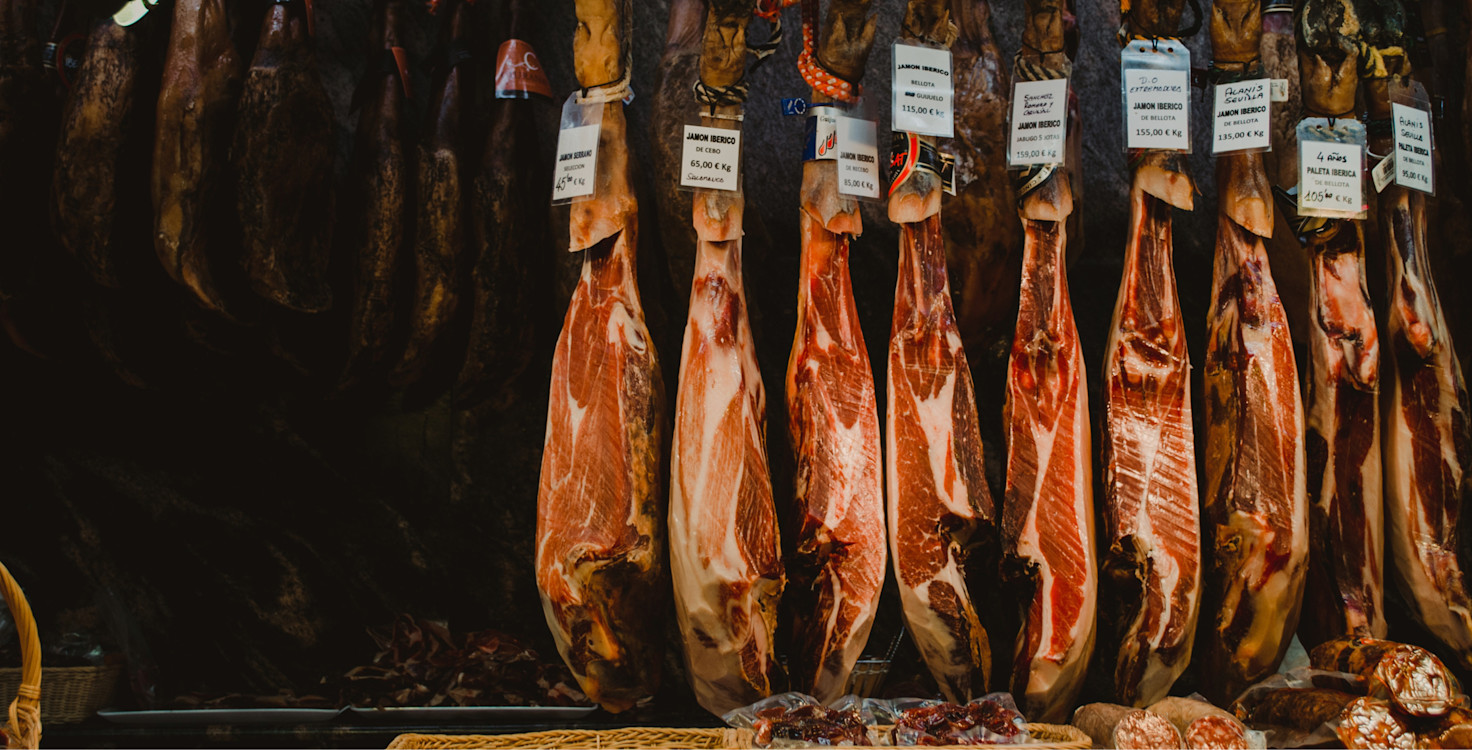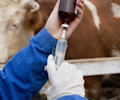The ability to provide safe food is fundamental to the business of food production, and a critical factor in global food security. Hazards can be biological, chemical or physical. Food safety is one of the nine criteria in the Coller FAIRR Index.
Food safety scandals and outbreaks of livestock pandemics, such as avian flu, can also have significant impacts on the value of even the largest animal protein producers.
Nearly half of the companies (48%) assessed by our Index are ranked ‘high risk’ in this category, raising a red flag among investors who are more focused than ever on hygiene rules that ensure food is fit for human consumption.
Here we explain the various hazards affecting food safety and the potential impact on investment decisions.
Biological hazards
Biological hazards can come from raw materials or from food-processing steps, and include harmful bacteria, viruses, or parasites – salmonella, hepatitis A, E.coli, and norovirus, for example. These are often referred to as foodborne illnesses.
Chemical hazards
Chemical contamination can happen at any stage in food production and processing. Chemicals, whether naturally occurring or intentionally added, are not hazardous if properly used or controlled. However, some can cause illness or injury due to immediate or long-term exposure – through allergic reaction or toxicity.
Physical hazards
Physical hazards include foreign objects in food, such as glass or metal fragments, which can cause harm when eaten.
Potential impact on investors
Food safety is one of the most immediate material ESG risks for investments in meat, dairy and other food. US research shows that the most hazardous meat and dairy recalls have increased by 83% over 2013-17, relative to an overall increase in recalls of 10%.
Contamination and product recalls can damage reputations permanently and place entire sectors at risk. Investors must take stock of the food safety situation and food safety control systems in place within their investment portfolios.











